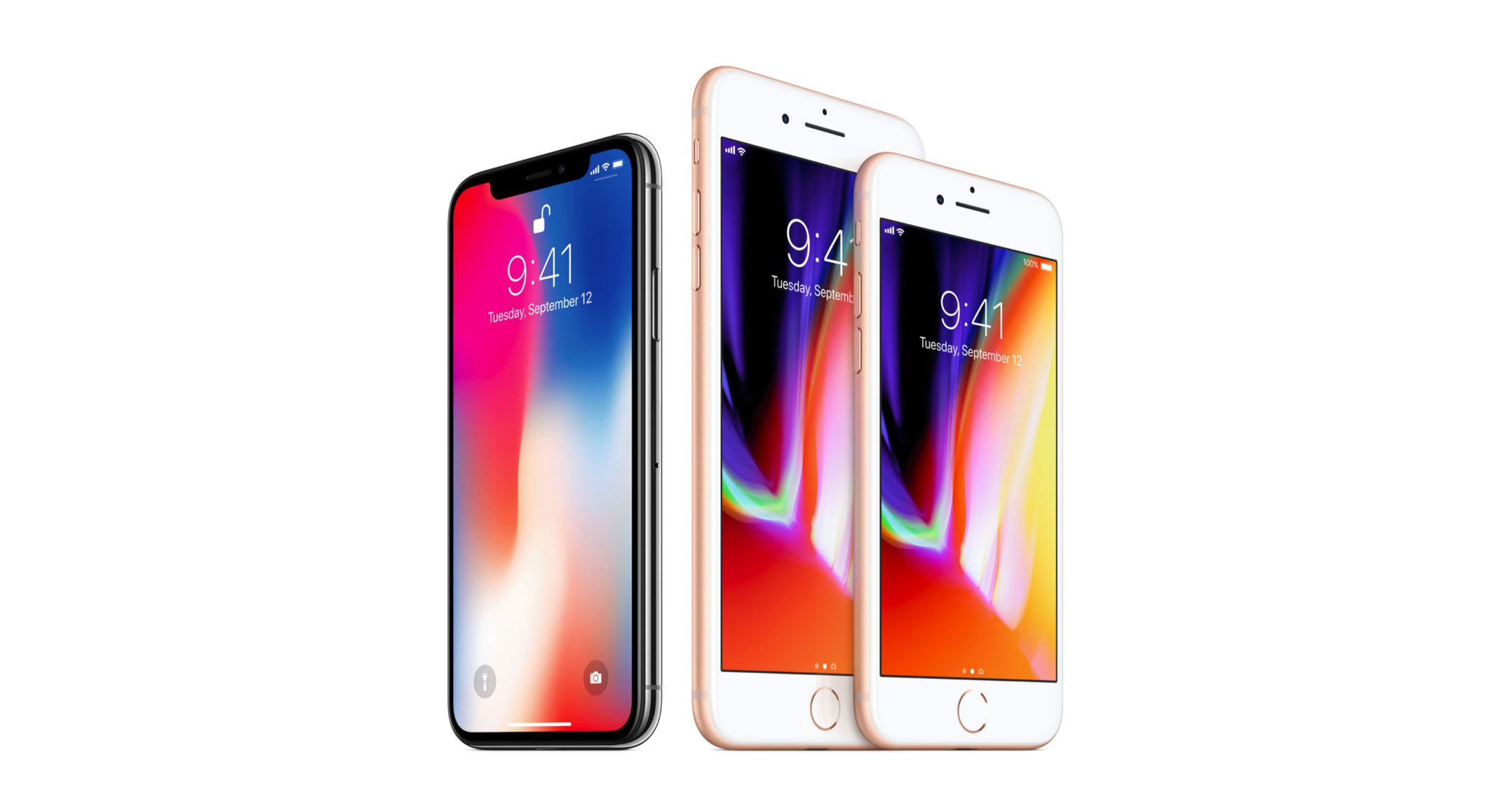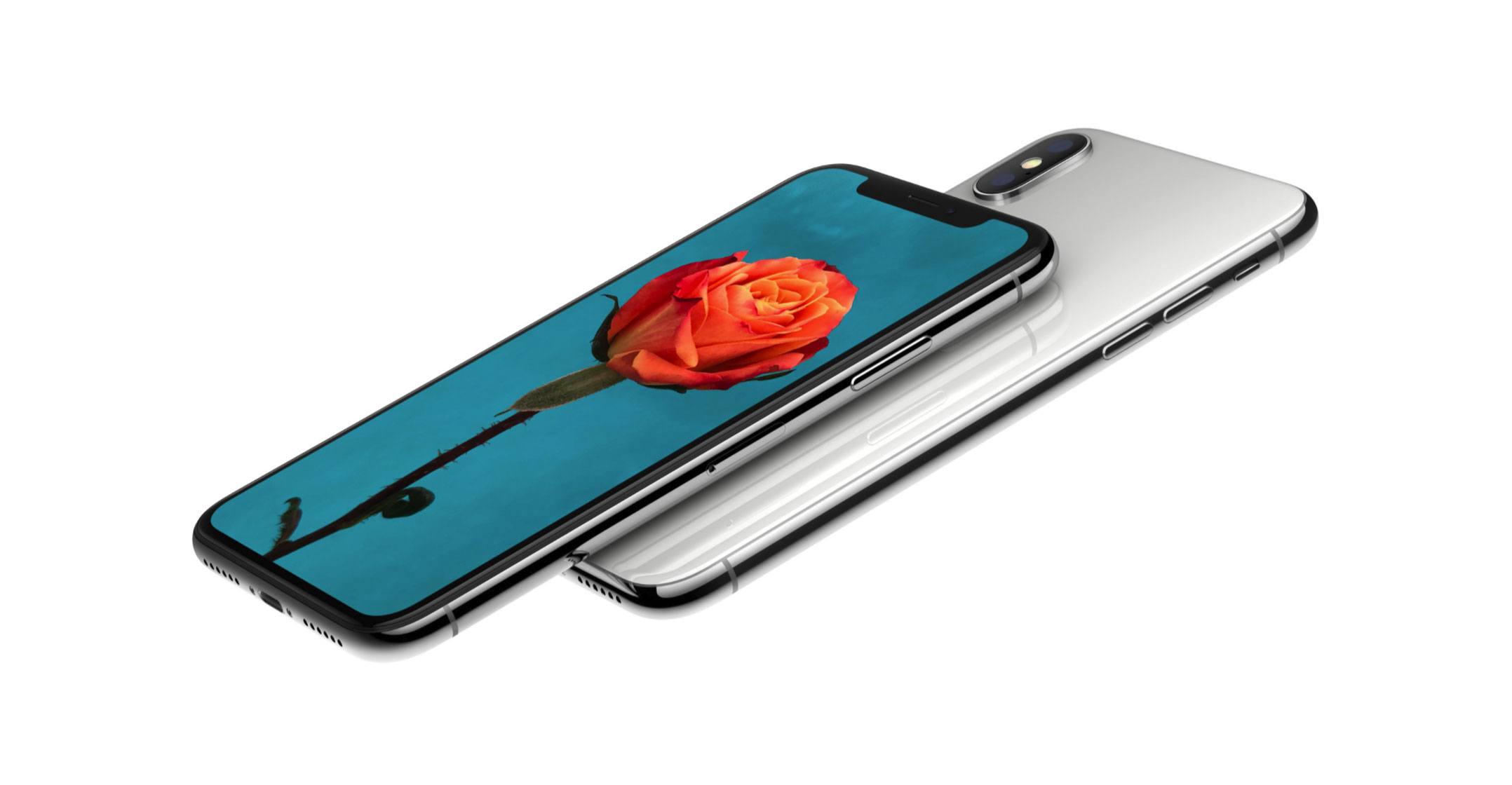
I know what many of you are thinking: there is no way you’ll pay US$1 000 (R13 000 before import duties and other taxes) or more for an iPhone. Let’s revisit this thought in six months after you’ve sashayed out of your local phone store clutching the new iPhone X, Samsung Note or another smartphone that is doing its best Chuck Yeager impression and breaking the smartphone price barrier.
Even if many consumers baulk at the $1 000-and-up price , introducing a new model of super-luxury iPhone for the first time — with a cost to match — is the type of clever pricing strategy that keeps Apple thriving even if there’s lacklustre demand for its products. The company doesn’t get enough credit for the work of actuaries, market researchers or whoever else is cooking up prices in unglamorous corners of Apple’s headquarters. Hats off to you, nerds.
While everyone fixates on the $1 000 smartphone barrier, I’m watching the potential for the new devices to help Apple reach a different barrier-breaking sonic boom: the $700 iPhone revenue average. The ultra-premium iPhone X, plus sly price increases Apple made to the less-fancy new iPhones, should help the company get there.
Since 2009, Apple has consistently generated an average of $600 to $700 from each iPhone it sells, according to calculations based on iPhone sales in rolling 12-month periods. Almost no matter what happens at Apple or in the world, the revenue the company takes in from each iPhone has been pegged in that range. Analysts expect that figure to reach $697 in Apple’s fiscal year ending in September 2018, and any upside has perhaps the biggest potential to give Apple a happy surprise.
Yes, the iPhone’s average sale price is well below its peak during the 2015 holiday season, but lately Apple has been finding subtle ways to push the average back up. With the revision to its larger-screen Plus phone in 2016, Apple added about $20 to the starting price. Analysts estimate a larger percentage of iPhone buyers opted for the Plus in the last year compared with previous versions of the same model. The company also added one and then a second cool iPhone colour that people could get only if they ponied up at least $100 more than the base price.
Steadily rising prices
Thanks to the steadily increasing average price of its iPhone line this year, the company’s revenue from iPhone sales increased 3.6% in the first nine months of its 2017 fiscal year, which ends this month, even though the company sold only 2.2% more iPhones than it did in the year-earlier period. That’s the power of steadily rising average sale prices combined with the mammoth size of Apple’s iPhone business.
And now Apple is introducing an even more expensive high-end phone for its super loyallists. Of course, it’s tough to predict what percentage of iPhone buyers will pay $1 000 or more for a little slab of glass and circuits. The chief executive of Canadian mobile phone company BCE said Tuesday that the iPhone X had the “product price we’re all fearing”. And those big bright screens are in limited supply for people who do want them.

But even the conventional new iPhones are more expensive and will help lift that Apple average. The new iPhone 8, the upgrade to last year’s model, has a base price that is $50 more than last year’s model at $699. The Plus version got a $30 base price bump from last year, to $799-and-up. Both start with more digital storage space than previous models, but it’s worth noting that extra storage doesn’t cost Apple that much. The company is packing a lot of technology inside these phones — and charging high prices in return.
It doesn’t take much higher iPhone price averages to make a big difference to Apple’s bottom line. Bernstein stock analyst Toni Sacconaghi figures that every extra $10 in Apple’s average sale price will pad the company’s earnings per share by $0.14 in the fiscal year that ends next September. That works out to about $723m in additional profit, assuming Apple’s share count stays constant. That additional profit from just $10 more on the average iPhone is more than the annual net income of nearly half the companies in the S&P 500.
Apple’s climbing prices for the whole iPhone line is going to test how inelastic demand is for its smartphones. People may not have much choice, though. Many companies’ smartphone models are becoming more expensive. The phone makers are defying gravity, and maybe common sense, too.
That’s not great news for shoppers’ budgets, but it’s terrific for Apple investors. The company has found a way to grow by making people pay more for an object similar to one they bought a year or two ago. The nerds win again. — By Shira Ovide, (c) 2017 Bloomberg LP




